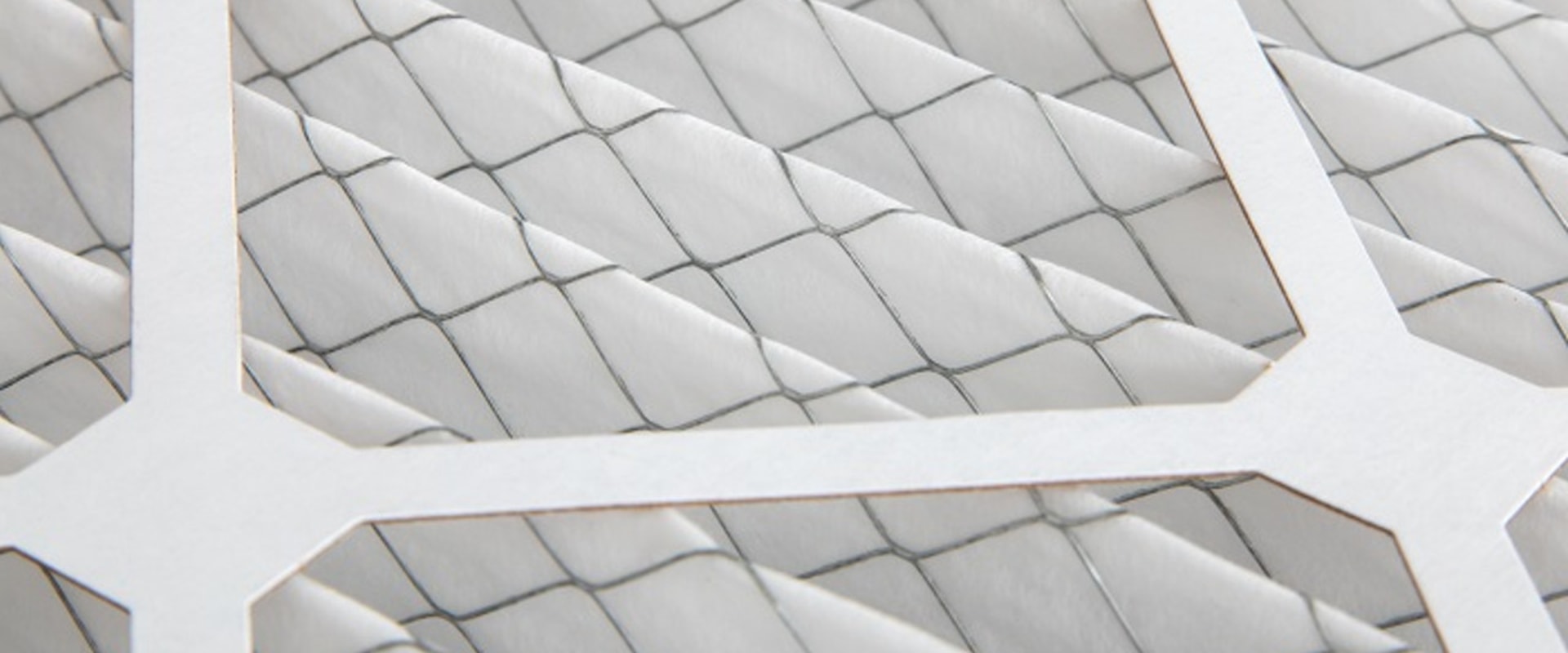The 20x25x4 air filter is an effective filtration system that can capture and eliminate particles that adhere to the equipment and cause heating and air conditioning to decrease. It typically comes with a MERV-11 rating. Air filters come in a variety of materials, and selecting the best one for your home depends on factors such as whether you have pets, the type of climate you live in, respiratory conditions, and general household cleanliness. Air filters are used to remove particles, contaminants, and microorganisms in the air that are hazardous to health and the environment.
In industrial settings, they preserve the quality of products and materials and protect critical equipment from damage. Cleanroom environments rely heavily on air filters to control particulate matter counts. Exhaust and chimney gases are filtered and cleaned before being released into the atmosphere. Air filters are also found in many homes, offices, commercial spaces, laboratories, clinics, and hospitals. Filter media are the filtering component of air filters.
They consist of a single piece of synthetic fiber or mesh with tiny or microscopic perforations; this is contained and carried in a frame and installed in air filter equipment. Pleated air filters have pleats or folds that increase the area of the filtering surface. They are contained in a frame or cartridge that maintains the pleated shape of the filter. Pleated air filters are effective at capturing small, microscopic particles, have high filtration efficiency, and greatly improve indoor air quality by capturing microscopic contaminants such as odors, bacteria, pollen grains, molds, and other allergens. Flexible materials such as paper, polyester, fabric, and cotton are used to make pleated air filters.
However, because of their material density, they tend to restrict air flow. This causes the motor of an HVAC unit or air filter equipment to work harder to expel air from the filter medium; this results in greater energy consumption. Pleated air filters are also more expensive than pleatless air filters. HVAC units must be modified to allow the use of pleated air filters. Pleatless air filters have less filtration area but are suitable for higher air pressures and volume flow rates.
They are usually made of woven fiberglass or electrostatic material. They are cheaper than pleated air filters but have a shorter lifespan and require more frequent replacement or cleaning. They are only effective for capturing large particles. Paper is the cheapest but least durable filter material. Paper air filters allow the separation of small particles by allowing air to pass through their fine pores.
They are usually constructed by compacting woven wood pulp fibers, then pleated to increase their mechanical strength and filtration efficiency. They are commonly used in automotive air filters, oven filters, and indoor air purifiers. Foam air filters are made of porous foams designed made of polyurethane, polyether, polyester, or a combination of those materials. They are characterized by their pores per inch (PPI), which is the number of open pores per linear inch. Foam filters with a higher PPI have lower airflow resistance than those with a lower PPI of the same thickness.
They also have lower efficiency due to their larger open pores and have less filtering material that strangles particles. The air is progressively purified as it passes through the depth of the foam filter. Foam air filters have a high dirt holding capacity, making them ideal exhaust filters and filters in automotive intake systems. They capture and retain large particles such as dust, dirt and debris. Filtration efficiency and dirt retention are further improved by applying filter oil.
In addition, foam air filters are easy to clean and wash and can be recycled for various uses. Carbon air filters remove toxic gases (e.g., carbon monoxide) from indoor environments by adsorbing them onto activated carbon surfaces. Carbon air filters are commonly used in air purifiers, extractor hoods (along with aluminum screens), bathroom fans, and microwaves. Aluminum air filters are made of multiple alternating layers of aluminum screens to maximize their filtering and particle retention capabilities. These filters are supported on a rigid support frame. They are used as a pre-filter in multi-stage air filtration systems to prevent large particles from reaching the main filter.
They can also capture fog and grease from the coolant. Aluminum air filters have great strength and durability and can be washed or cleaned and reused several times. Your applications include HVAC units, extractor hoods, cars, and more. Aluminum is the most commonly used metal mesh air filter material. Alternative metals to aluminum include stainless steel and galvanized steel. Fiberglass air filters provide better airflow in HVAC units but are suitable for capturing only large particles; microscopic particles can still pass through the fiberglass filter medium.
Therefore, their filtration capabilities are not optimal for spaces where occupants have respiratory problems or allergies; however, they still provide safe indoor air quality for healthy people. Fiberglass air filters are much cheaper than pleated ones but require more frequent replacement or cleaning due to their tendency to clog easily. Plastic air filters inherently have high strength, durability and chemical resistance; they can be used in many applications such as HVAC units. In conclusion, selecting an appropriate 20x25x4 air filter depends on factors such as whether you have pets at home or not; what type of climate you live in; respiratory conditions; general household cleanliness; desired filtration efficiency; airflow resistance; dirt holding capacity; cost; lifespan; maintenance requirements; strength; durability; chemical resistance; etc. Depending on these factors you can choose between paper, foam, carbon or aluminum air filter.
